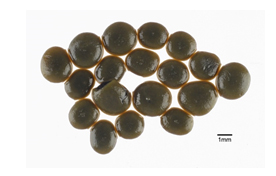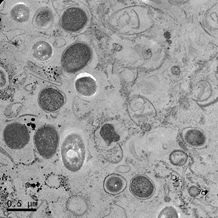Water
Integrated water resource management (IWRM)
The United Nations Water programme has defined integrated water resources management as:
‘Water is a key driver of economic and social development while it also has a basic function in maintaining the integrity of the natural environment.
However, water is only one of a number of vital natural resources and it is imperative that water issues are not considered in isolation.
Managers, whether in the government or private sectors, have to make difficult decisions on water allocation. More and more they have to apportion diminishing supplies between ever-increasing demands.
Drivers such as demographic and climatic changes further increase the stress on water resources.
The traditional fragmented approach is no longer viable and a more holistic approach to water management is essential.
This is the rationale for the Integrated Water Resources Management (IWRM) approach that has now been accepted internationally as the way forward for efficient, equitable and sustainable development and management of the world's limited water resources and for coping with conflicting demands.'
Groundwater resource management in Africa
Climate Justice Research £500,000: IRWM in Africa, Bob Kalin
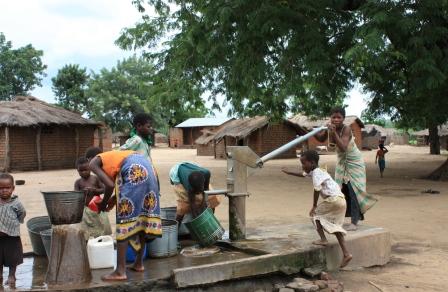
In Malawi, IWRM implementation means proposing a plan to individual sectors who often prioritise their own plans.
Therefore, it’s important, for coordination purposes, to make sure that all sectors are satisfied with the IWRM plan before reaching a consensus.
Better understanding of different sectors’ goals, and how these relate to water resources, can facilitate efficient, appropriate and socially justifiable consensus-building in order to implement IWRM. Some of the key IWRM interventions include:
- community mobilisation, participation and sensitisation
- ecosystem restoration and riverbank protection
- enforcing water user regulation and licensing
- capacity building of the technical institutions
- trans-boundary collaboration between users sharing same watershed
Our ongoing research in Malawi embraces these IWRM elements in order to:
- protect groundwater resources in the Chikhwawa district
- promote micro-economic growth through small-scale irrigation and permaculture
- promote democratic participation in governance
- improve human & water resources ‘health’
The project plans to provide a supportive environment, clear institutional roles (both district and sub-district levels) and effective management instruments in order to make water available for people, food, nature, and the hydrological cycle.
Trans-boundary aquifer policy
Joint project with the Law School, Bob Kalin
We’ve been working on water, health and sanitation research and policy in Malawi and Southern African Development Community (SADC) neighbouring countries for 22 years.
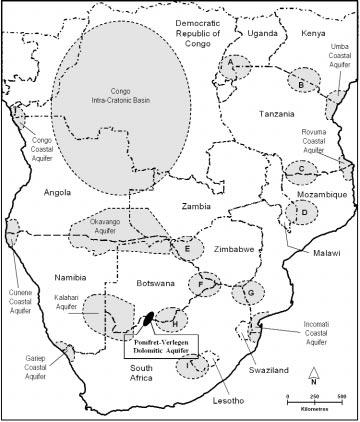
Our researchers are aware that Southern Africa has 14 trans-boundary aquifers according to the latest study.
Within the region water resources are under stress from pollution, over-exploitation and the negative effects associated with climate change.
It’s paramount that the SADC move toward a cooperative approach in their management of trans-boundary aquifers. This can be undertaken through ad-hoc specific treaties between affected countries or alternatively through the establishment cooperative SADC management structures.
In either case, neighbouring countries need to establish trans-boundary aquifer management systems to acquire and share the required hydrogeological, environmental, socio-economic, legal and institutional information.
Water sanitation & hygiene
Scottish Government Grants
Tracy Morse, Tara Beattie
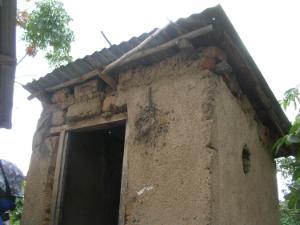
Water, Sanitation and Hygiene (WASH) research has been improving the lives of people in Africa for over a decade.
The Scotland Chikhwawa Health Initiative (SCHI) is a funded series of projects that have provided impact on health and well-being in Malawi.
The Department of Civil & Environmental Engineering leads a project across the University that brings together students (1st year to PhD) with staff working on WASH research in developing countries.
Transport and remediation of pollutants in surface and subsurface systems

Image: pollution and fluid transport imaging (Vernon Phoenix)
Understanding the transport and fate of pollutants in porous media (aquifers, sustainable urban drainage systems and biofilms) is key to risk assessment and developing remediation strategies.
Developing accurate models of pollutant movement can be challenging because we cannot look inside the system and see the movement of pollutants within.
To overcome this, we have developed novel magnetic resonance imaging approaches, inspired by biomedical research, to quite literally look inside these systems and image the migration of pollutants.
We were the first to apply paramagnetic tracer technology to image pollution movement through rocks and sediments and have developed new MRI protocols for rapid and accurate mapping water flow. Our approach enables us to explore the migration of metals, nanoparticles and organic molecules.
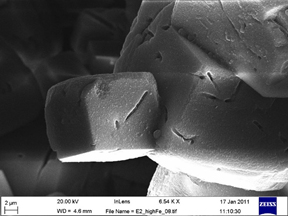
Image: pollution and fluid flow control (Vernon Phoenix)
We utilize bacteria that can generate large amounts of ‘cement’ (particularly the mineral calcite), when fed the appropriate nutrients. This biotechnology can be used to seal permeability such as fractures and primary porosity in sub-surface geological systems, preventing he migration of pollutants. With our collaborators, we were the first to undertake a successful field trial to seal a fractured rock. This work is undertaken in collaboration with Rebecca Lunn and Grainne El Mountassir of this department.
Next generation sustainable urban drainage systems:
Sustainable urban drainage systems (SUDs) are designed to promote the controlled release of stormwater back into the environment, preventing flooding and pollution. We are exploring the biogeochemical processes which remove pollutants in these systems, such as the impact of gravel chemistry and the role of biofilms, to enable us to design enhanced SUDs systems, generating cleaner water for future cities.
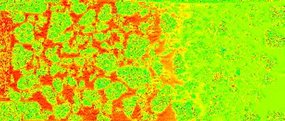
Wastewater treatment
Our research strives to find solutions to future challenges in wastewater treatment. For example, we are currently exploring the impact of future nanoparticle loading scenarios on wastewater treatment performance. Moreover, microbial community dynamics are examined in response to contaminant exposure in engineered bioreactors. The research endeavours to find processes that are ecologically resilient and economically robust to avoid major investment in a new (or upgraded) treatment process as new regulations emerge.
